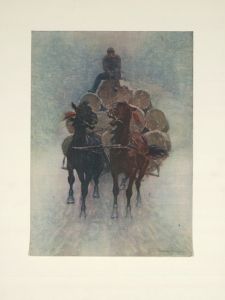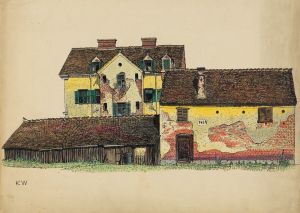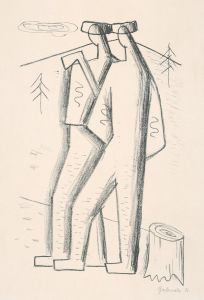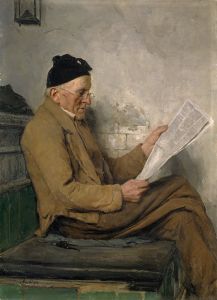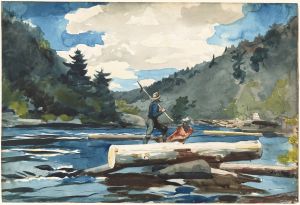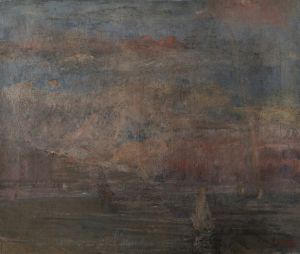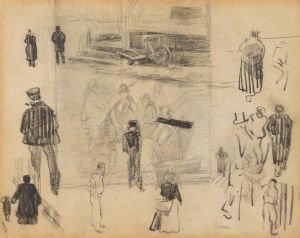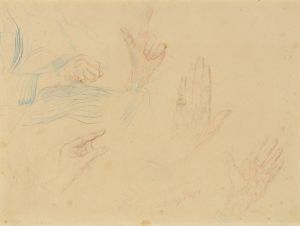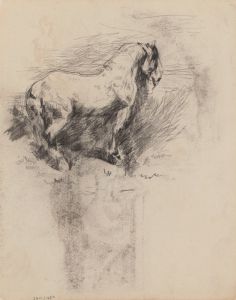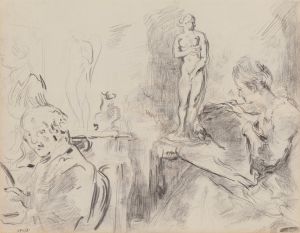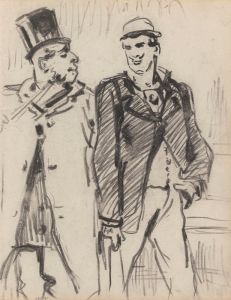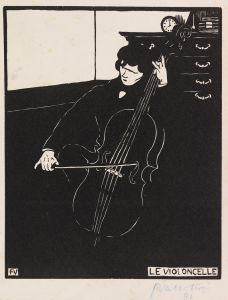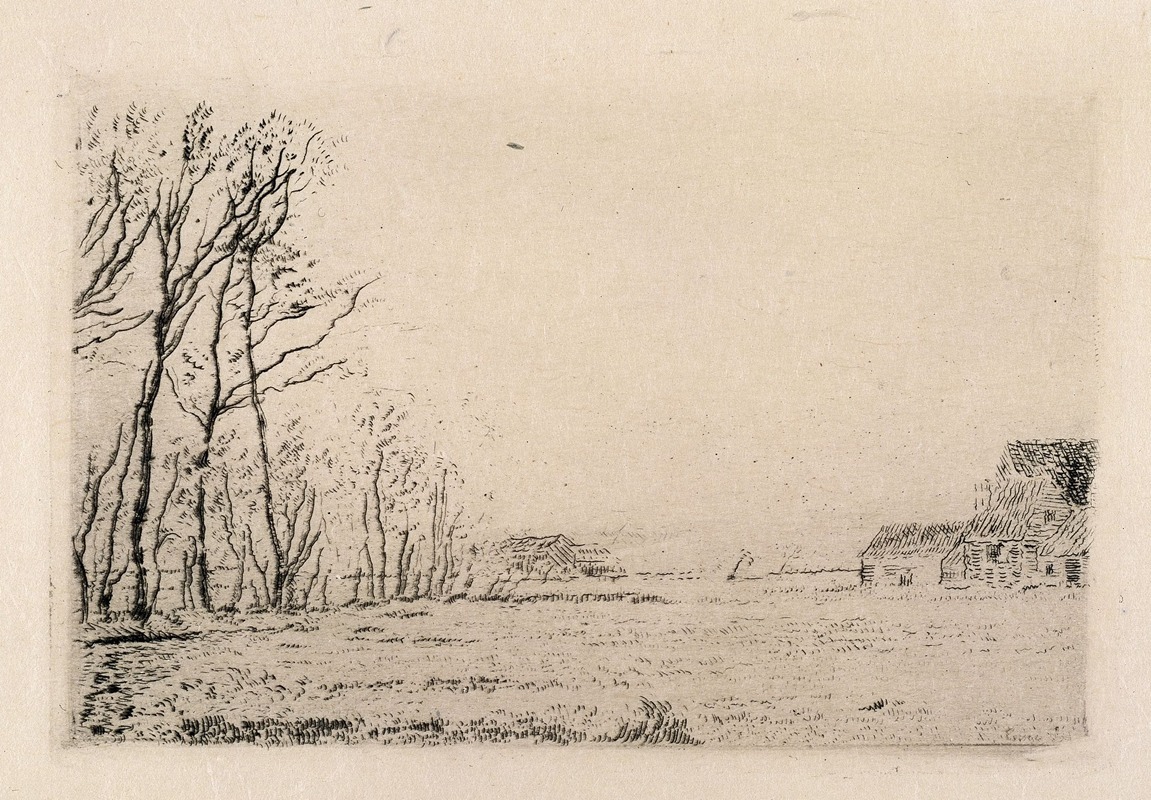
Edge of the Little Wood, Ostend
A hand-painted replica of James Ensor’s masterpiece Edge of the Little Wood, Ostend, meticulously crafted by professional artists to capture the true essence of the original. Each piece is created with museum-quality canvas and rare mineral pigments, carefully painted by experienced artists with delicate brushstrokes and rich, layered colors to perfectly recreate the texture of the original artwork. Unlike machine-printed reproductions, this hand-painted version brings the painting to life, infused with the artist’s emotions and skill in every stroke. Whether for personal collection or home decoration, it instantly elevates the artistic atmosphere of any space.
"Edge of the Little Wood, Ostend" is a painting by the renowned Belgian artist James Ensor, who is widely recognized for his unique contributions to the Symbolist movement and his influence on Expressionism. Ensor was born in 1860 in Ostend, Belgium, and spent much of his life there, which deeply influenced his artistic work. His oeuvre is characterized by a vivid use of color, a penchant for the grotesque, and a fascination with themes of death and the macabre.
The painting "Edge of the Little Wood, Ostend" is a lesser-known work in Ensor's extensive portfolio, which includes more famous pieces like "The Entry of Christ into Brussels in 1889" and "Skeletons Fighting Over a Pickled Herring." While specific details about the creation of "Edge of the Little Wood, Ostend" are sparse, it is consistent with Ensor's style during the late 19th and early 20th centuries, a period when he was actively exploring landscapes and scenes from his native Ostend.
Ensor's landscapes often reflect his deep connection to Ostend, capturing the unique light and atmosphere of the Belgian coast. "Edge of the Little Wood, Ostend" likely depicts a scene familiar to Ensor, showcasing his ability to transform ordinary settings into compositions filled with emotional depth and complexity. His use of color and brushwork in landscapes often conveys a sense of movement and life, which can be seen in the dynamic interplay of light and shadow.
The painting is an example of Ensor's ability to blend realism with elements of fantasy, a hallmark of his work. While his more famous pieces are known for their satirical and often bizarre imagery, his landscapes reveal a more subdued and introspective side of his artistic vision. In "Edge of the Little Wood, Ostend," Ensor's brushwork and color palette might evoke the tranquility and mystery of the natural world, inviting viewers to contemplate the scene's serene beauty.
James Ensor's impact on the art world extends beyond his paintings. He was a pivotal figure in the development of modern art, influencing artists such as Emil Nolde and the German Expressionists. His innovative use of color and form, as well as his willingness to tackle unconventional subjects, paved the way for future generations of artists.
"Edge of the Little Wood, Ostend" contributes to our understanding of Ensor's artistic range and his ability to capture the essence of his surroundings. While it may not be as widely studied or exhibited as some of his other works, it remains an integral part of his legacy, offering insight into his connection with the natural landscape of Ostend and his broader artistic pursuits.
In summary, "Edge of the Little Wood, Ostend" is a testament to James Ensor's skill as a painter and his deep ties to his hometown. It reflects his unique style and his ability to infuse ordinary scenes with emotional and visual complexity, making it a valuable piece within the context of his overall body of work.





